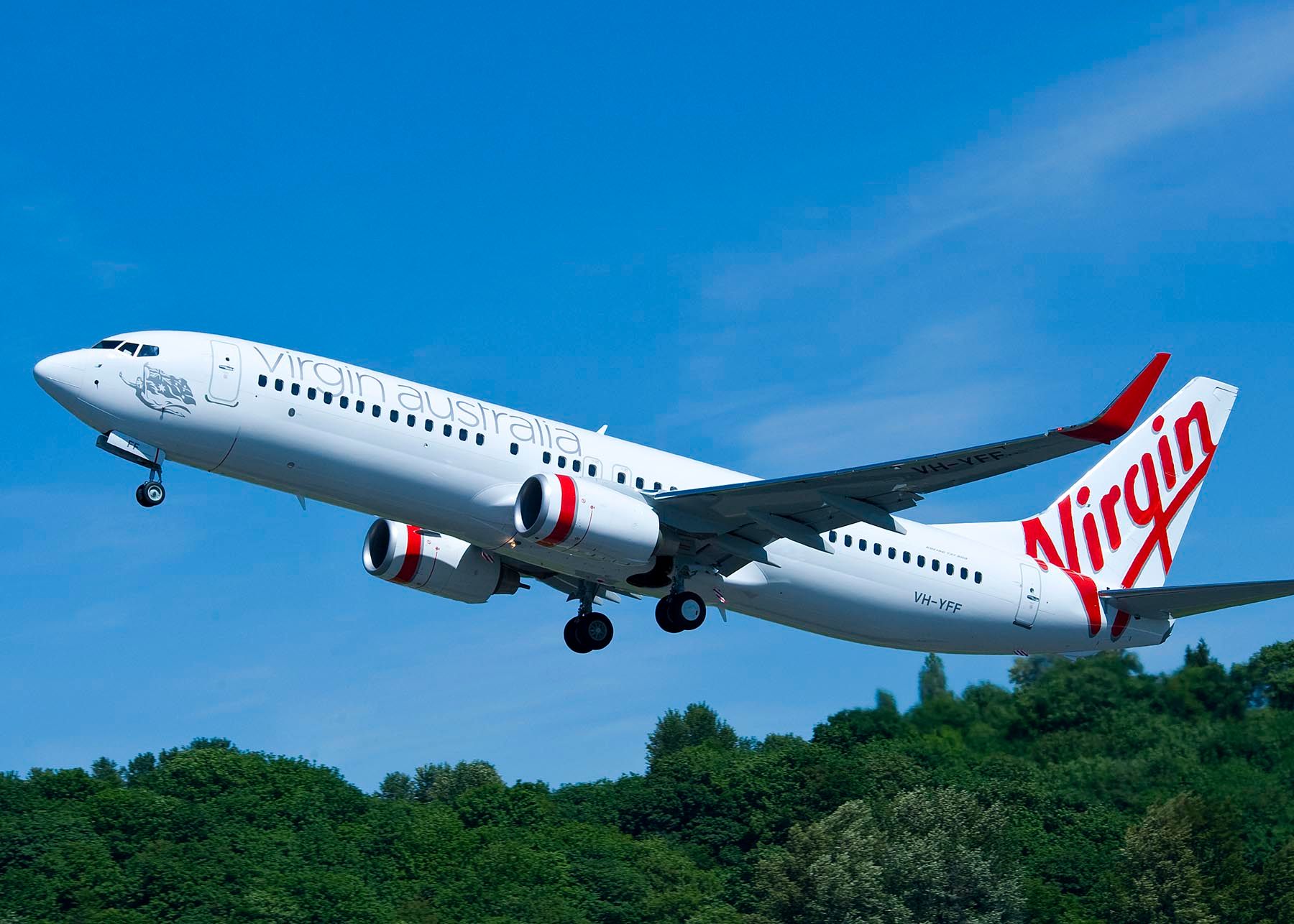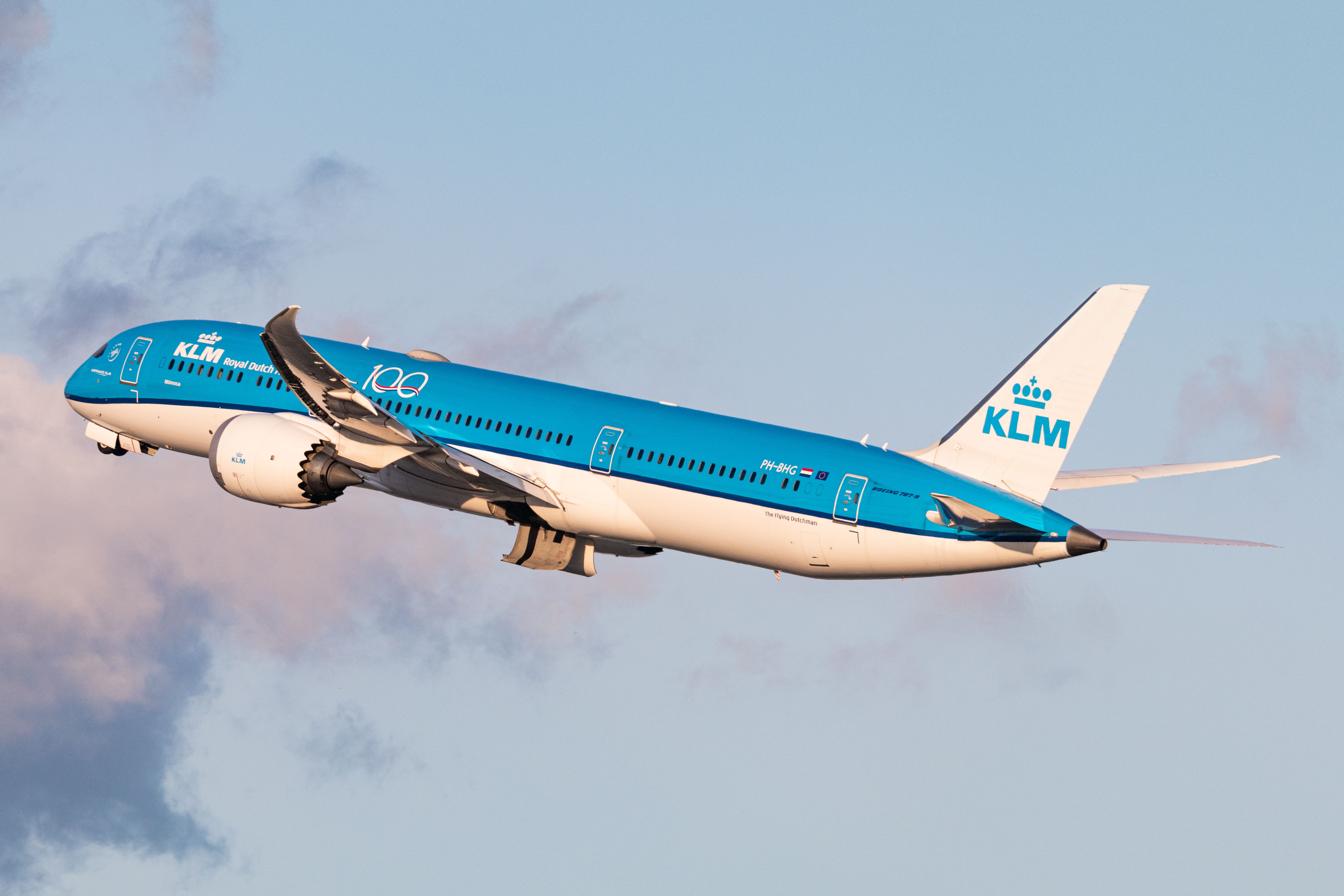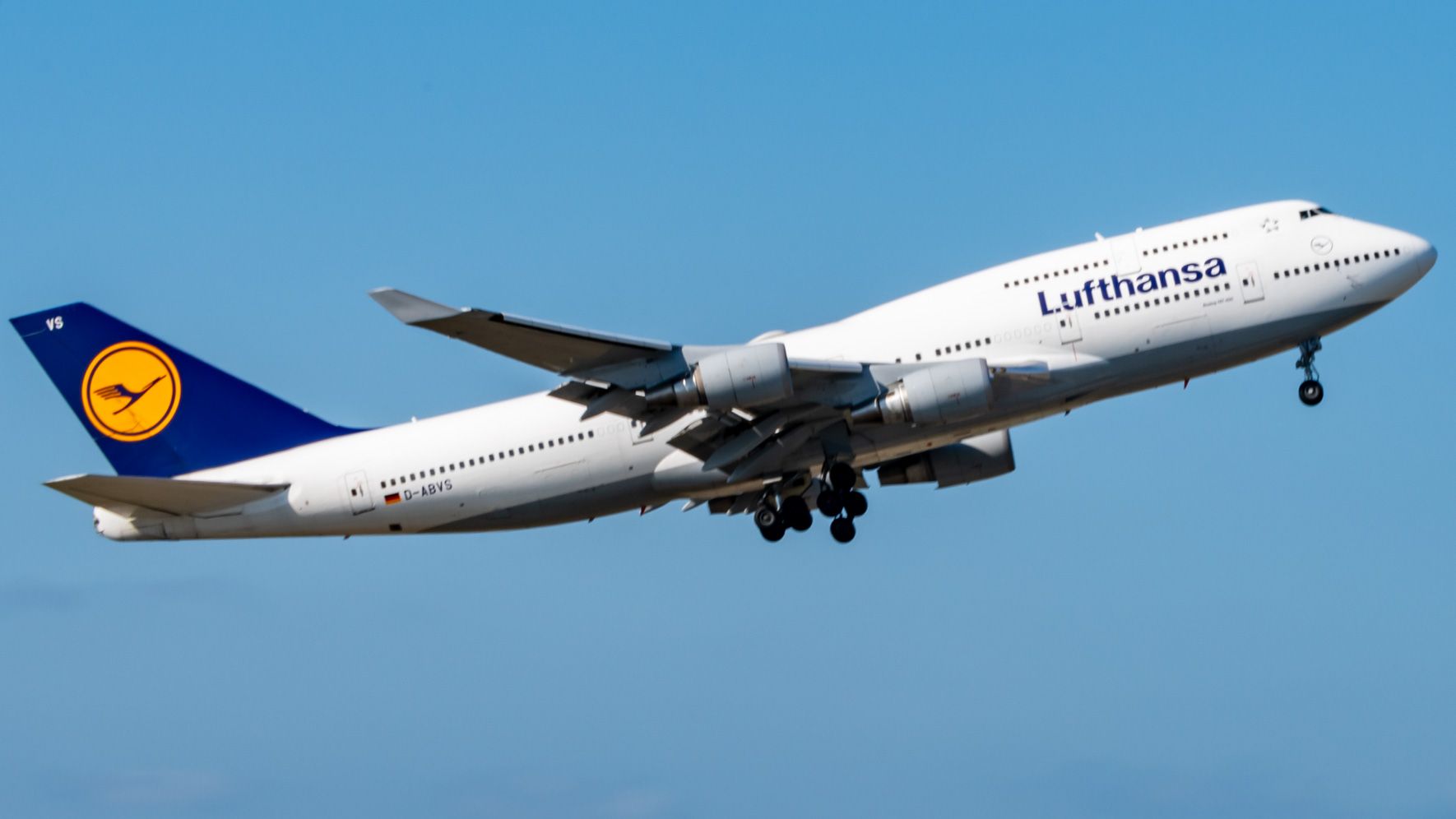When the aviation industry reopened worldwide, it seemed ready to return to pre-pandemic times when flights were abundant, and load factors were high. Airlines ramped up schedules to return to profitability, and passengers were itching to travel to see their family or to go on that much-needed overdue vacation. Unfortunately, airlines struggled with the industry's structural challenges, and passengers suffered more traveling headaches than joys as news of flight delays and cancellations came almost every other day.Given how messy the industry has been, it wouldn't be a shock that even the biggest and the most established airlines have been hard hit. To highlight just how devastating the disruptions have been, a closer look was taken at a small fragment of the world's airlines - precisely 19 of them. The airlines under observation had their operational performances assessed for three months through July 26th and were then ranked from the worst to the best in having the most to least flight cancellations.
Stay informed: Sign up for our daily and weekly aviation news digests.
Who ranked the worst?
Virgin Australia
One of Australia's largest carriers, Virgin Australia, shockingly ranked the worst amongst the 19 global carriers. The airline canceled the largest number of flights within the three months, close to 2,200 flights representing nearly 6% of its schedule. Compared to the same assessment period in 2019, the whopping 6% was a far cry from the 1.4% before. Such jaw-dropping statistics come as a slight given that Australian airlines have faced severe disruptions as the Australian aviation industry continues to battle staffing shortages. However, Virgin Australia operates the least international flights among the assessed group of airlines.
When contacted by Simple Flying, a spokesperson for Virgin Australia said:
"For the last five months including June, Virgin Australia has outperformed our nearest competitor on cancellations, and for the last three months in on-time performance (OTP) based on official BITRE data. BITRE is the official Australian data used by Virgin Australia and our competitors to benchmark and tracks our performance in cancellations and on-time performance."
KLM
Next in the line of airlines with the most flight cancellations was Dutch national carrier KLM, which has canceled an estimated 5.83%. With all the chaos happening in Amsterdam's Schiphol, KLM has said that it had to carry out several mass cancellations for a good number of reasons, ranging from airport workforce shortages and passenger capacity regulations to the airline's own lack of adequate workforce numbers. And within the three months, KLM also had to pay over $70 million of compensation to passengers.
The remaining three
With the worst two airlines coming from Oceania and Europe, it might come as yet another surprise to learn that the following three airlines ranking at the bottom are from the same two continents. Air New Zealand and Australian flag carrier Qantas took third and fourth place, with 3.71% and 3.33% flight cancellation rates, respectively.
Qantas has been having quite the tough recovery season alongside Virgin Australia, having been seen as Australia's most unreliable domestic carrier. As for Air New Zealand, the airline has been struggling as it carried out waves of cancellations throughout July, mainly due to bad weather and the influx of employees calling in sick.
Over in Europe, Lufthansa was next with a cancellation rate of 3.08%. The German flag carrier has canceled more than 6,000 flights to date, including nearly 3,000 flights over the summer season in Frankfurt and Munich. However, Lufthansa is trying to avoid cutting flights daily to minimize the frustrating inconvenience to passengers.
Wedged in the middle
If the gradual list of airline rankings hasn't been as shocking thus far, it will shock you even more. Despite all the news of endless chaos in the US aviation industry, with hundreds of flights being canceled nearly daily, US carriers rank right in the middle amongst the 19 airlines, indicating that they have been canceling flights at a less frequent rate than the worst five.
The biggest three US carriers, American Airlines, United Airlines, and Delta Air Lines, rank seventh to ninth place from the bottom and 11th to 13th from the top of the barrel. American Airlines and United Airlines hold an identical cancellation rate of 2.6%, arguably a steep decline from the worst three airlines mentioned earlier. Delta Air Lines is not far behind, with just a marginal difference at 2.5%. With their middle rankings, it might be hard to guess that each of these US carriers has been canceling thousands of flights.
Was it fair?
And while there were the bottom-ranked airlines and those in the middle, there were also the top-ranked airlines with the least number of cancellations during the three months. Most of the top-ranking airlines were Asian carriers, which could be due to the slower recovery for these airlines. Singapore Airlines was topping the podium of reliability, as the flag carrier only axed just 0.1% of its scheduled flights within three months. The second-most reliable airline was Cathay Pacific, with a cancellation rate of 0.3%, but the airline shared the position with AirAsia.
However, the Asian aviation industry has been on a more conservative path to recovery as some significant markets, such as China and Japan, remain relatively off-limits. That being said, it would seem unjust for the top three ranking airlines to have been assessed on the same path when the paces of recovery have been vastly different. Besides recovering at different speeds and facing dissimilar structural struggles, the basket of assessed airlines only included a small handful of the world's airlines. The lack of other airlines, be it well-known or lesser-known, could mean that others have worse cancellation rates.
Source: Bloomberg


.jpg)

